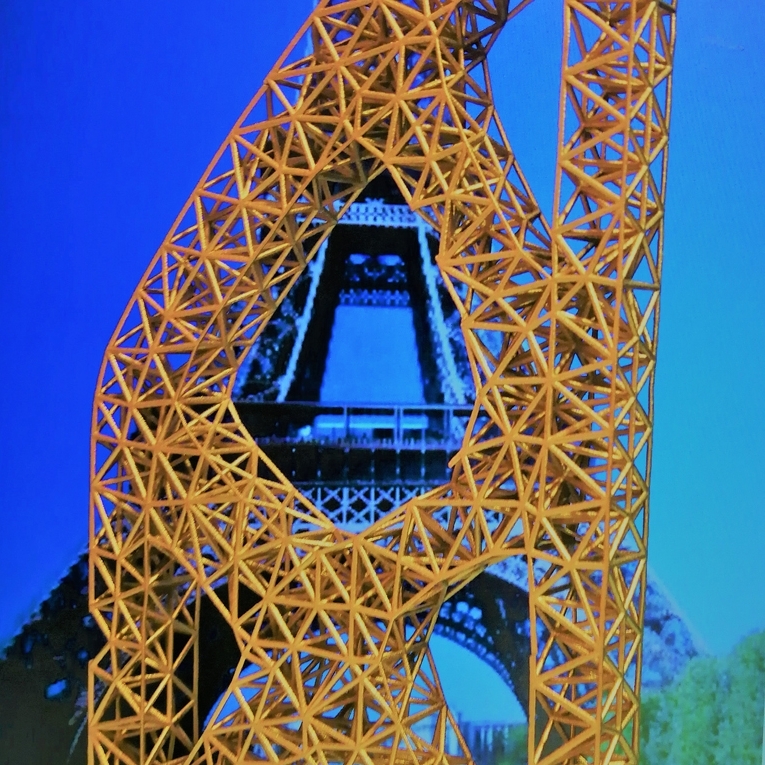3D printing and additive manufacturing are currently one of the high-runners for technical and industrial publications. Every day, information is published about a new material, texture, metal or alloy, new colors and new process technologies in 3D printing. 3D printing technology is becoming increasingly important and is the most innovative part of industrial manufacturing technology. This was particularly evident during the initial phase of the pandemic, when it was important to have components or spare parts (e.g. for ventilators) available quickly.
With additive manufacturing, highly complex components can be made available in the shortest possible time. But what about the surface finishing of these components? Wolfgang Pauli (Nobel Prize for Physics 1945) postulated: "God created the volume, the devil created the surface".
Plasma coating processes such as magnetron sputtering have proven to be the industry standard for high-end surface finishing. For 3D prints made of metal or metal alloys, this well-understood PVD (Physical Vapor Deposition) process can of course be directly applied or adopted. But what if bionically optimized, lightweight but temperature-sensitive 3D-printed components made of plastics come into play? Of course, some of these parts also require an optimized PVD surface, for example to make them conductive, antibacterial, more wear-resistant or generally more functional. Applying a bias voltage or processes with increased thermal stress are impossible. Does this mean that we have to buy the advantages of additive manufacturing for these components at the cost of a poorer surface quality?
No. A newly developed asymmetric pulsed power supply technology for the magnetron sputtering process has shown that effective coatings can be applied to temperature-sensitive substrates without any problems. To come back to Mr. Pauli
Mr. Pauli: "Dear Wolfgang, you were right!
The devil created the surface. It is impossible to drive him away. We can only get him to help us a little with applications in his element, the high temperatures. However, with magnetron sputtering
of temperature-sensitive substrates, we can only get to grips with it using sophisticated plasma power supply technology." This special DC pulse process with a significantly extended parameter setting range was further developed by J. Schneider Elektrotechnik on the initiative of 4A-PLASMA, an engineering company for plasma PS technology, on the existing PLASMATec power supply platform.
Initial tests with this new technology have shown amazing results for functional and decorative coatings on components whose polymer base material can withstand just a little more than room temperature. Flexible coatings that can enhance a 3D printed component with increased mechanical strength, an antibacterial surface and/or adjustable conductivity are just some of the many positive initial findings. These promising results have been presented at international conferences. Following the amazingly positive feedback and great interest, extensive investigations are currently being carried out in several European institutions with the PLASMATec Ap power supply from J. Schneider in order to deepen and scientifically evaluate the findings of this technology.
Further information: Gerhard Eichenhofer, 4A-PLASMA,


